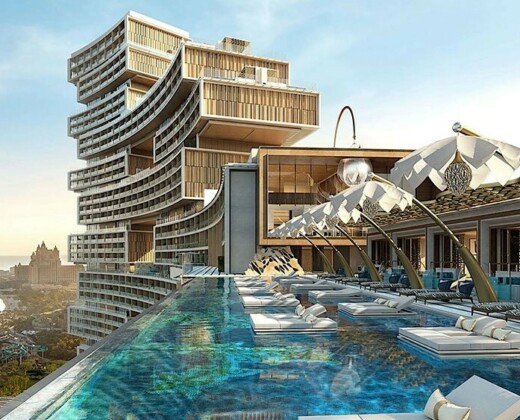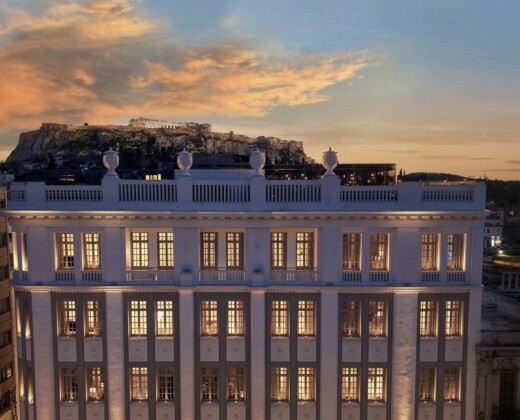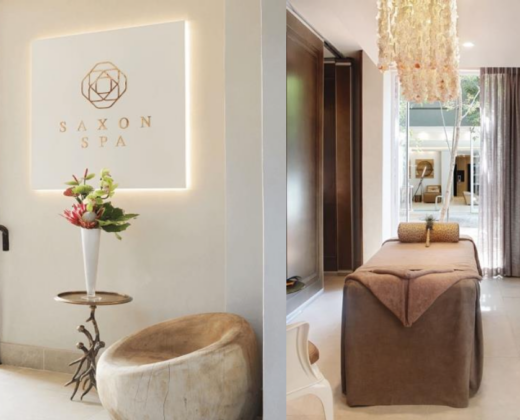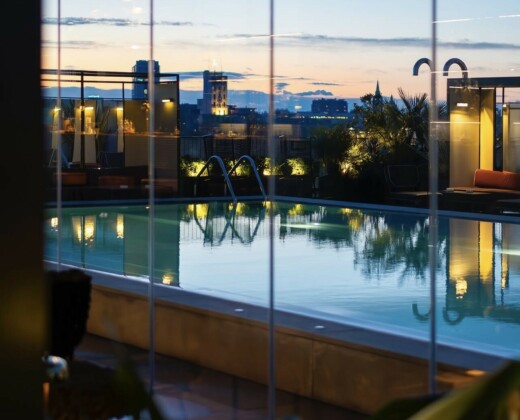For centuries, art and fashion have become two synonymous outlets for expression. Clothes have played an important role in shaping and articulating identity (but can also restrict it), especially for those whose identities are marginalised or threatened. It was once perceived that drag artist events were underground, taboo, and perverse. The art form has grown dramatically over the last decade. The power of a queen on stage has challenged gender norms, challenged patriarchy, and laced humour into this art form. Brian De Carvalho, a fine art graduate, entered the fashion world after becoming close friends with drag artists and witnessing their struggles to find clothing that would fit or pieces that they loved.
The designs of De Carvalho emerged from his exploration of museums, fine art, and his own self-discovery.
The collection by Brian De Carvalho was heavily influenced by his fascination with 18th-century fashion. Carvalho’s interest in macabre influences and styles aids in a collection that explores the various torture methods used in this eclectic period. A classic 18th-century silhouette is always what Carvalho uses, but always with a darker twist- using moments from history such as the Ripper Murders but also drawing inspiration from his own personal life. His designs are walking artworks that play with elements of darkness and despair.
Struggles for emancipation are a theme prevalent within Carvalho’s collection. In each silhouette, the juxtaposition of freedom and being trapped is omnipresent. Starting with his desired silhouettes, the designer looked into corsets and how restrictive they can be, as well as the lengths women went to look beautiful. Carvalho saw the resemblance between the oppression of women in the 1800s and what queer people go through nowadays. Each garment is carefully made to appear delicate yet imposing, with each piece having to overcome some form of restriction: of course with that in mind, the collection is based entirely on a “false sense of freedom”.
From an instrument of constriction for the body and representation of minority status for the female gender; to a celebration of the wearer’s figure: In what ways does your new collection reinterpret traditional corsetry?
My pieces have always been about extremes, whether it be extreme silhouette to extreme discomfort. The corset/stay was meant to be a shaping product/piece—an item of clothing to give off the desired silhouette for women back in the 1800s onwards.
Obviously, as society evolves past these beauty ideals and necessities, my pieces serve to create wearable dramatic art! Having elongated horns sticking out the front/top to frame the face or being made from materials that we wouldn’t dare hide or cover up. It’s about being strong, visible, and proud.
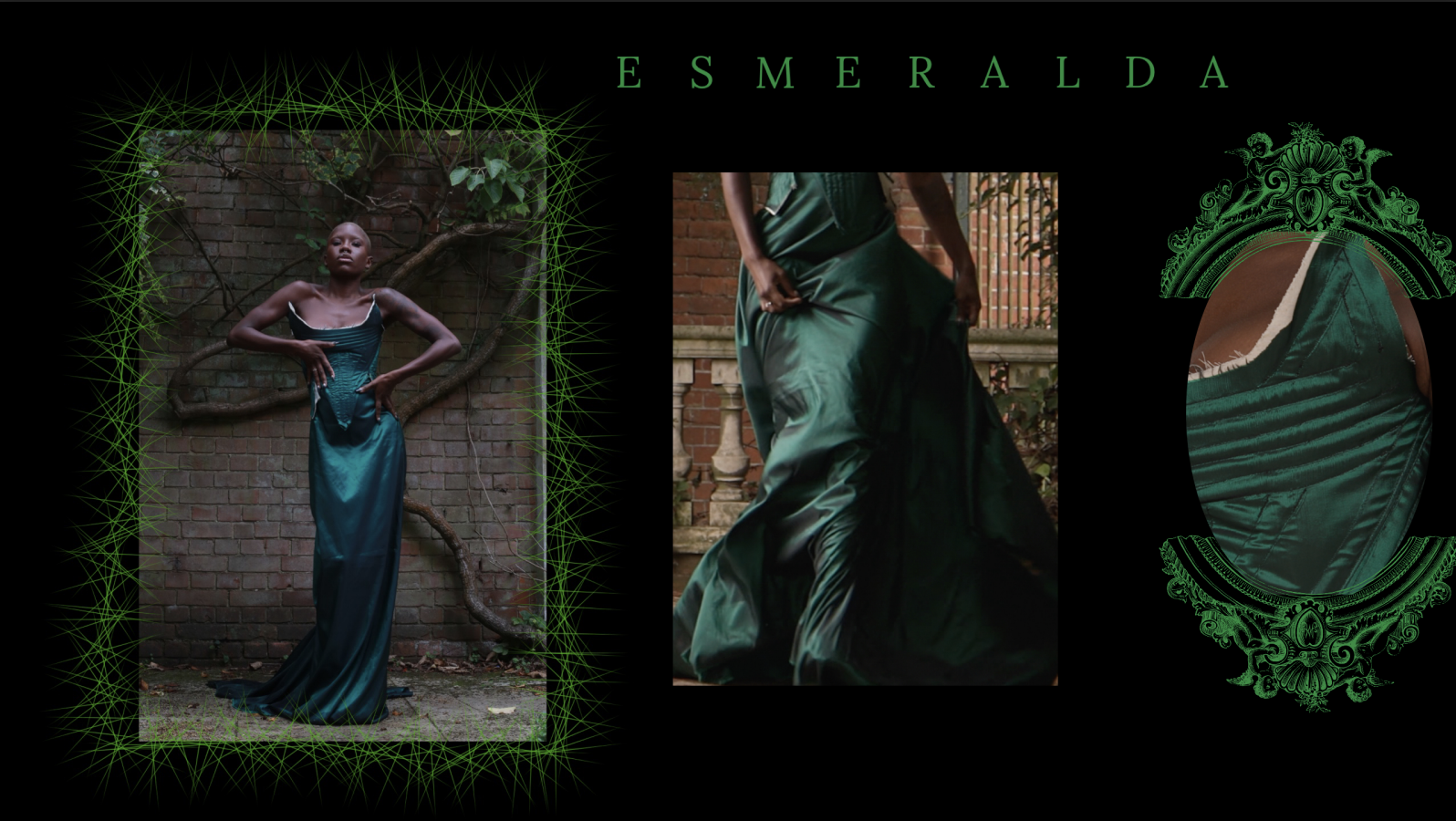
The 18th century birthed the neo-classicism movement. Do any of your pieces draw inspiration from this movement?
I think all of my pieces, in general, have very classical inspiration behind them; I tend to mostly pull either from the 1800s or the 1950’s tiny, cinched waists as opposed to massive, large skirts. I find myself toying with the gentleness of “femininity” and the brutalism of “masculinity”.
I love that your collection relates historical themes to modern-day queer issues, can you elaborate on this
The entire collection is based on a false sense of freedom which I believe, we all in one way or another can relate to, you can obviously see that I took one of my favourite childhood movies (The Matrix Series) as a way to display that, this idea that we are able to be who we are and that we are free to make our own choices, but actually, we have many constraints working against us, whether it be a large draping skirt that allows you to run freely or a cinched corset that restricts your breathing let alone allow any movement to be made.
Of course, Here in London we may not notice it as much, or see it as much but there are thousands of people who aren’t permitted to live their true authentic selves, whether it be our Trans brothers and sisters or anyone else who falls within the spectrum.
We have all heard about the challenges women have faced over the decades but only now are we starting to hear the faint cry of the struggles the queer community face and have faced show up in mainstream media.
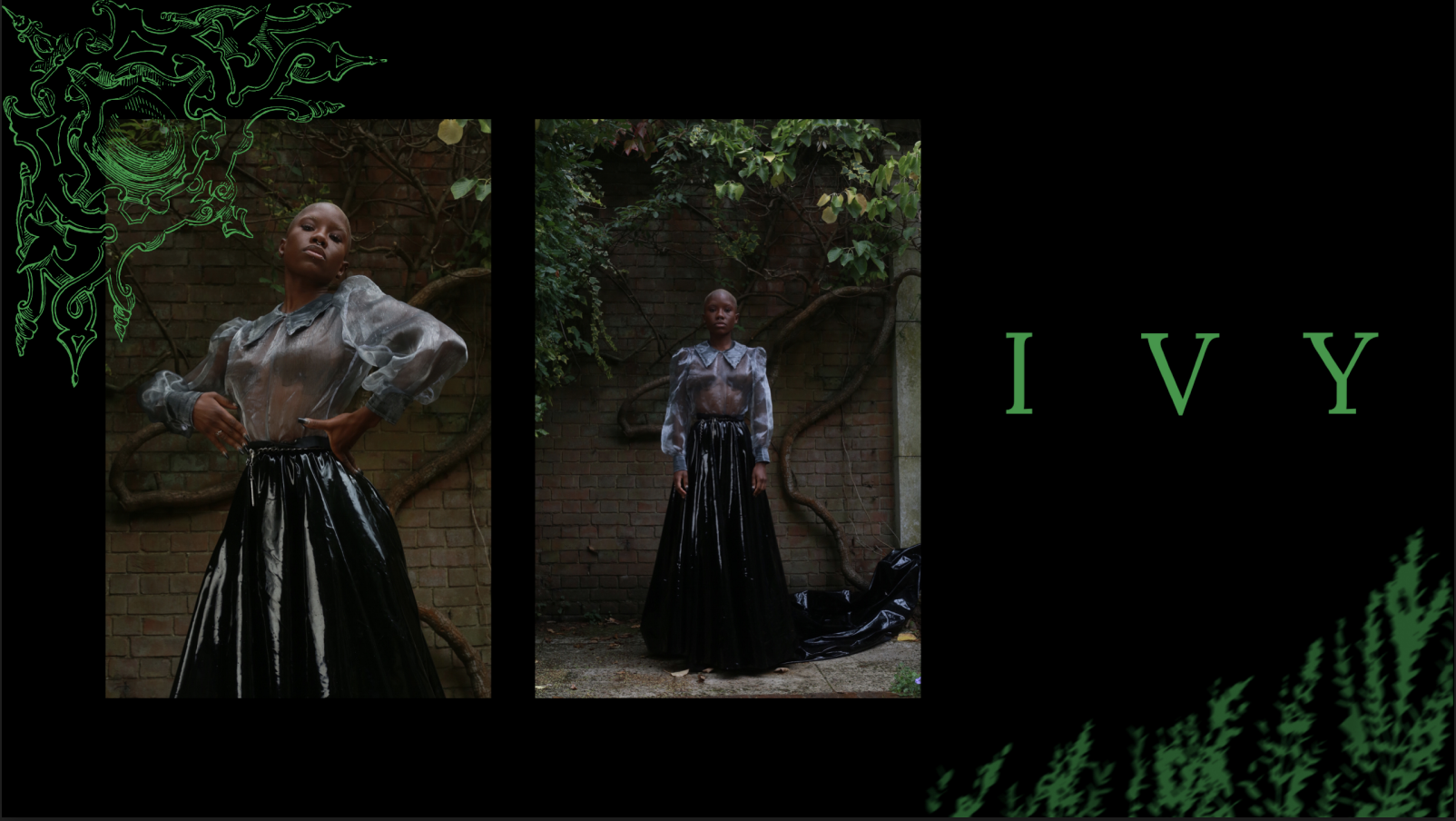
What is your brand philosophy?
Our Brand Philosophy is “By Any Means Necessary” and what that means is that we will make a mark no matter what and we will push this message as much as we can, we don’t create these elaborate excessive garments simply because we want to (even though it is very fun) but we do it because attention needs to be brought to these people and their messages. We want to be seen; we want to be heard … like everyone does.
Your garments honour both female and male silhouettes. How would you describe the relationship between the body and your designs?
I find my pieces are either in constant battle with the human form or beautifully synchronised with it, my garments either repel the human form almost to shape the body into becoming otherworldly, or it caresses the human form to display it, it its most organic form. And I believe we need both. To accept what we are but also explore what we could become.
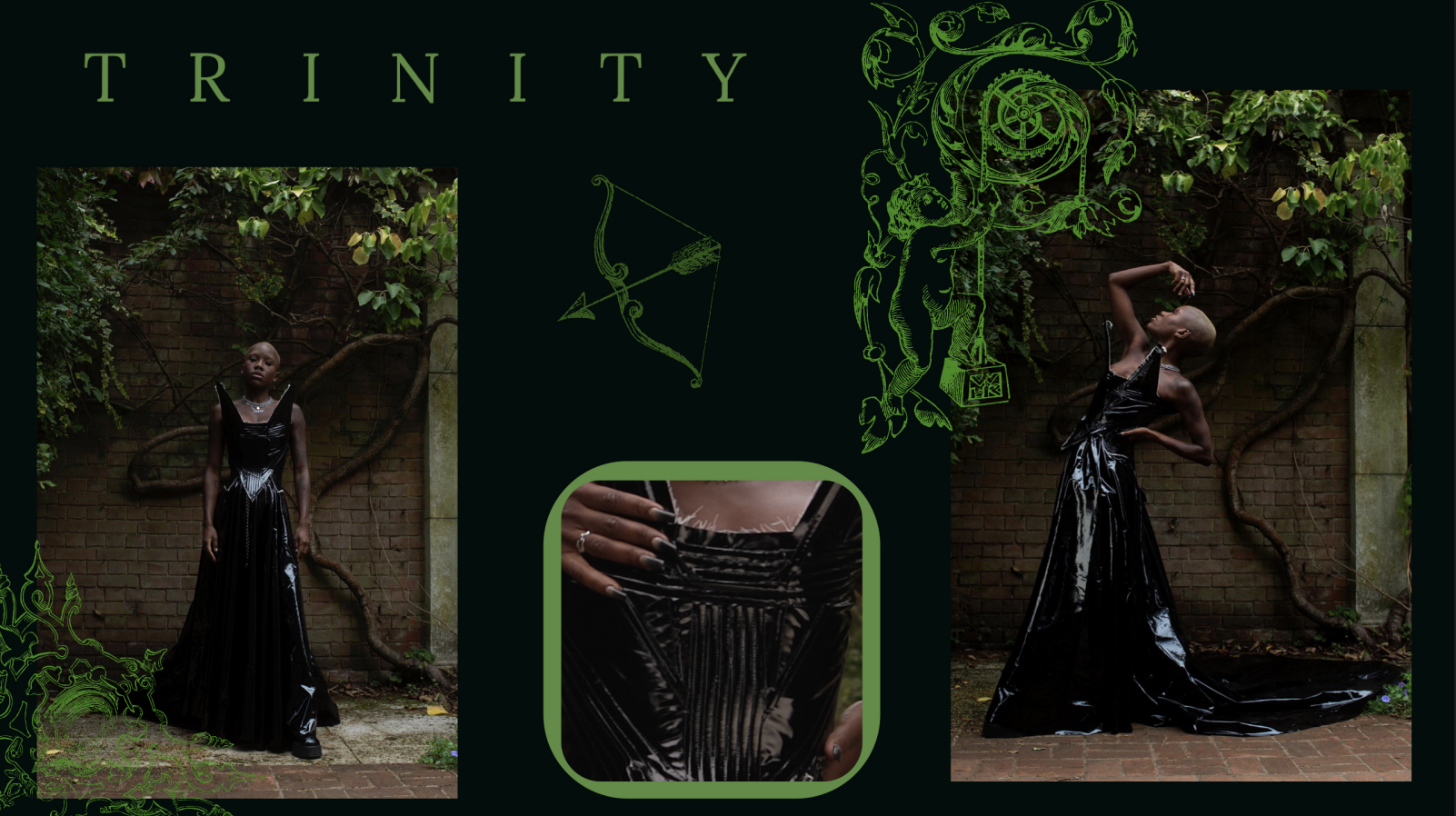
Can you explain how your reflective hi-vis corset works? Or what materials are involved in making this piece?
Hhahah the Reflective Serena Corset was a fun idea I randomly had! I was trying to piece together this random string of ideas I had one night, and I was extremely focused on “being seen/visible” but I didn’t want to work on massive silhouettes that would take up the whole room.
Instead, I thought, if I was in a dark room full of people how would I Shine my light elegantly, discreetly calling the attention of everyone around.
Immediately I thought of the nightlife where queer bodies and the outcast are left to roam and shine-free, Then the Reflective Hi-Vis Serena Corset was born.
However, I guess it’s quite comical that I used a fabric that most fascist/homophobic men (construction workers usually) wear to adorn queer bodies.
I always somehow end up highlighting the opposing forces.
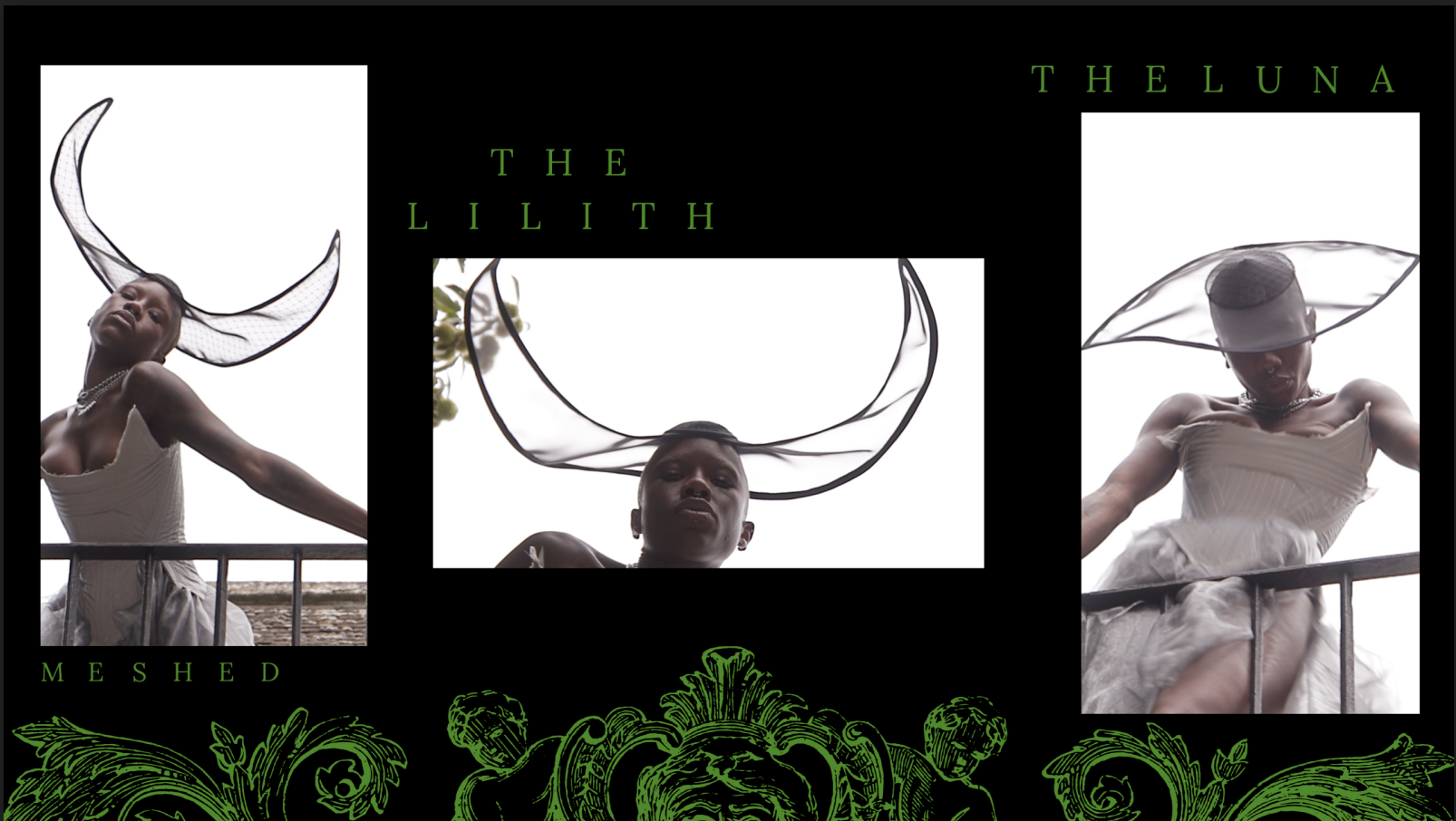
There’s often a sculpture-like approach to your garments; what’s your creative process like?
Ohhh yes! 100%, I have a fine art background- so I wasn’t really taught how to think like a fashion designer, I spent 3 years in university trying to justify that what I was doing was a form of art, and I found myself referencing sculpture a lot.
A lot of the time I think about the shape of the piece before I truly make any further decisions on it. I think about how I want it to sit on the body, how much space I’m wanting to take up, and how it’ll make the person feel, power is always at the heart of what we do.
You mentioned that the juxtaposition between freedom and being trapped is a theme within your new collection, is there a piece that best displays this contrast?
I think the pieces that easily display this is the Trinity Dress and the Esmeralda Dress, both have my signature corseted bodices (with a new little twist) but then have these exuberant skirts that allow complete freedom of movement, The Trinity however is still extremely heavy so, in theory, you have the space to be free, but you need to find the strength to truly move and become free.
The Esmeralda is completely lightweight and airy, the true emotion of what it means to own who you are and move freely within the space you’ve created for yourself.
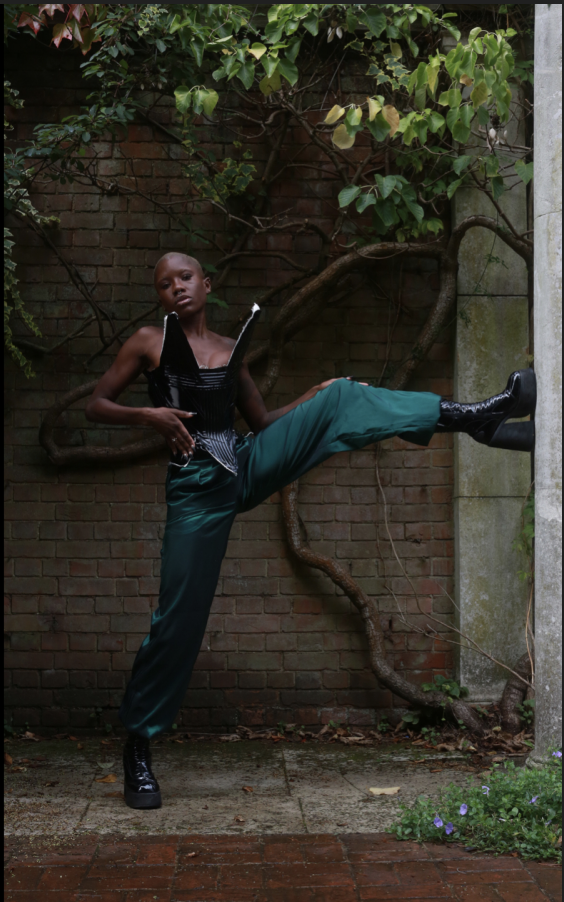
Last question, what’s next for Brian De Carvalho?
Well, it’s hard to say, this is the very first time we have ever been able to release or even make a collection, we have always been a one-off/ custom business so it’s very exciting that we are able to grow in this way. I hope this collection allows people to see that we are trying to elevate what we do and truly become the brand we want to be.
Words by Chanelle Jassim
Header image courtesy of Brian De Carvalho


